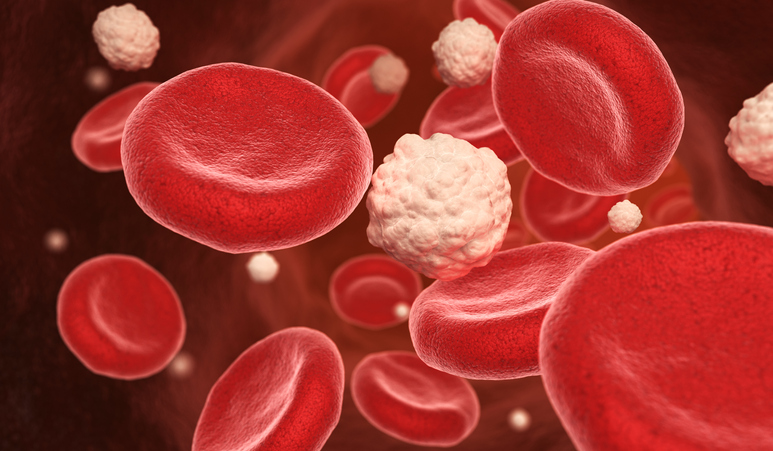Introduction: The glycemic index (GI) is a useful tool for understanding how different foods affect blood glucose levels. In this blog post, we will explore the concept of the glycemic index, its significance for blood glucose control, and how it can guide food choices to promote stable blood glucose levels.
- Explaining the Glycemic Index:
- Definition of the glycemic index and its measurement scale.
- How the glycemic index ranks carbohydrates based on their impact on blood glucose levels.
- Understanding High and Low GI Foods:
- Differentiating between high GI and low GI foods.
- Examples of high GI foods (e.g., white bread, sugary beverages) and low GI foods (e.g., whole grains, legumes).
- Impact of the Glycemic Index on Blood Glucose:
- How high GI foods can cause rapid spikes in blood glucose levels.
- The benefits of consuming low GI foods for maintaining stable blood glucose levels.
- Factors Affecting the Glycemic Index:
- Factors that influence the glycemic index of foods, such as food processing, cooking methods, ripeness, and presence of fat or fiber.
- How combining low GI foods with protein or healthy fats can further slow down the digestion and absorption of glucose.
- Practical Applications of the Glycemic Index:
- Using the glycemic index to make informed food choices.
- Incorporating low GI foods into meals and snacks for better blood glucose control.
- Understanding that the glycemic index is just one tool and that overall meal composition and portion sizes also play important roles.
- Limitations and Considerations:
- The limitations of the glycemic index as a standalone measure.
- Recognizing that individual responses to different foods can vary.
The glycemic index provides valuable information for individuals with diabetes seeking to manage their blood glucose levels effectively. By understanding the impact of different foods on blood glucose, incorporating low GI foods into meal planning, and considering overall meal composition, individuals can make informed food choices to promote stable blood glucose control. While the glycemic index is a useful tool, it is essential to consider individual responses to food and collaborate with healthcare professionals for personalized dietary guidance.
*This article was produced with the assistance of artificial intelligence. Please always check and confirm with your own sources, and always consult with your healthcare professional when seeking medical treatment.








